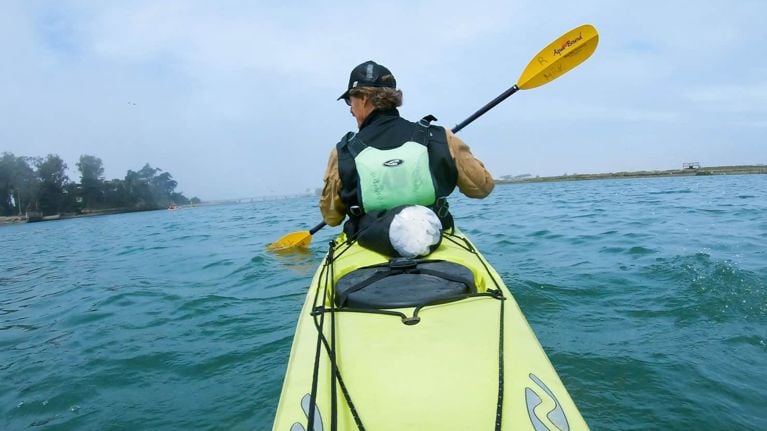5 Fun Tips for Teaching Kids about Wildlife Conservation
By Peter Gros
Aug 31, 2023
iStock
Today, there are nearly 1,200 endangered animal species in the U.S. The potential loss of these animals can trigger irreparable consequences for other species, ultimately impacting the natural balance.
We can help these crucial animals in our ecosystem with simple activities and fun family time to educate the next generation of fearless wildlife conservationists.
As a wildlife educator and a co-host of Mutual of Omaha’s Wild Kingdom series, I introduced my family to the wonders of our natural world when they were young. That passion for protecting wildlife grew throughout generations and is now passed down to my grandchildren.
Here are some easy and fun activities that you can turn into educational moments to continue the efforts of protecting our wildlife.

Plant a wildlife garden in your backyard
Planting a wildlife garden is an excellent way for families to spend time together outside while teaching children about what helps animals thrive.
To attract creatures like songbirds, butterflies and hummingbirds to your garden, make sure to include food, such as local plants to help supplement natural food sources; water, which is vital for survival as well as for bathing or breeding purposes; and coverage to provide shelter from bad weather or predators.
Giving children a project to take care of can also teach them to nurture these animals and care about creating a safe home for them.

Go on a nature walk and make a scrapbook with photos of local wildlife
Another great activity to incorporate into your next arts and crafts day is putting together a scrapbook with pictures and fun facts about animals you’ve seen on walks with your family around the neighbourhood.
Talking about what children see in nature and making an activity out of it reinforces the importance of recognizing and protecting our local wildlife. Get creative with it. An ongoing nature book can be a great resource for learning about more animals. Your children will want to add to it as they understand more.

Experience nature from a different perspective
One of the best ways to see wildlife is from the silence of a kayak, which allows you to safely view them without fear of disturbing their natural habitat. You can also take a walk along the shoreline to get the best view of marine and terrestrial wildlife all in one.
One morning out on the water, I saw raccoons, a family of otters, deer and even an eagle. Remember that the National Park Service recommends you stay at least 25 yards away from certain wildlife (or the length of two school buses back-to-back). For larger predators, such as bears and wolves, keep about a football field’s length away (100 yards).

Volunteer at an animal sanctuary or nature retreat
Visiting and volunteering at an animal sanctuary or nature retreat in your area can teach children about animal care, specifically the wildlife they might see in their neighborhoods. Studies also show that working with animals lowers stress levels, so it is a great learning experience for children and a calming activity for parents.
An excellent resource for determining which accredited and verified animal sanctuary you’d like to visit is the Global Federation of Animal Sanctuary’s finder.
Tune into educational wildlife programming to learn about the importance of wildlife conservation and impressive success stories
We know children love screen time, so why not make it educational? In our new series, Mutual of Omaha’s Wild Kingdom Protecting the Wild, we will highlight many wildlife conservation success stories, including puffins, foxes, bats and more.
Wildlife ecologist Dr. Rae Wynn-Grant and I will introduce many families and children to animals they might not see in their community and educate them on everything we do to protect our natural world.
The future of wildlife is in our hands, and it’s never too early to begin teaching our children the abundance of our natural world and how we can help wildlife and habitats thrive. When families make it a habit to teach their children about wildlife and follow best practices when encountering these animals in our communities, we can see immense differences in those species struggling to thrive.
With National Wildlife Day coming up on September 4th, I invite you to try one new activity or event that promotes wildlife conservation with your family!
Author:
Peter Gros is a veteran wildlife expert. As the co-host of Mutual of Omaha’s Wild Kingdom Protecting the Wild, Peter Gros shares his love of wildlife and wilderness with nationwide audiences.
Weekly Newsletter
Keep up with your baby's development, get the latest parenting content and receive special offers from our partners